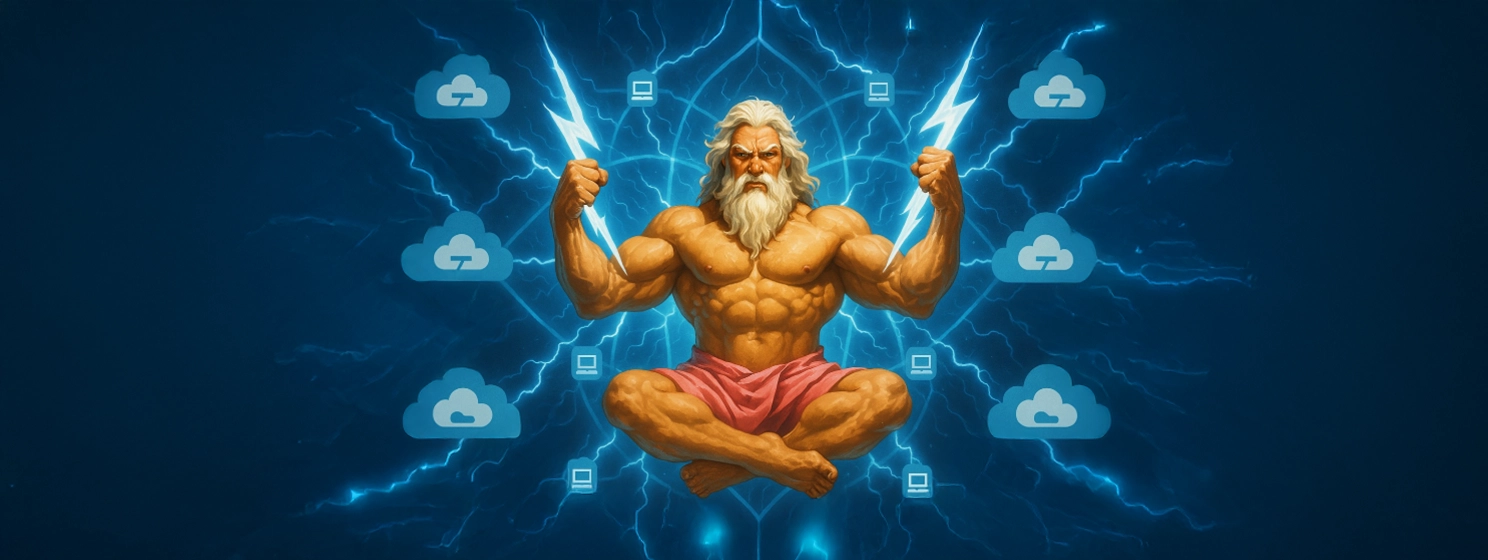|
Getting your Trinity Audio player ready...
|
This article was first published on Dr. Craig Wright’s blog, and we republished with permission from the author.
There is a good deal of misinformation around scarcity right now. Unfortunately, our education system has produced a series of partially educated people, who may receive vocational training but are not educated. As a result, simple concepts such as the diamond-water paradox have escaped people (Douglas, 1927). More importantly, price is not the same as value. Markets are also not defined by Wall Street. The global casino is related to Wall Street. The market is related to the use and consumption of commodities and goods and services.
Speculating does not create value. Rather, speculation presents a gamble on a future price. Some people make money with it, but to do well, you need a lot of money in the first place. The reason certain rules exist (such as those managed by the SEC) stems from how people seek to avoid the legal requirements and run scams. I’ve written about them several times. Several times. In the past, there were scams involving ICOs. There are no protections, and no great innovations, that an ICO brings with it. They mirror an offering from the 1990s. It’s called a web IPO.
Web IPOs themselves were just security offerings pretending to be something else. They were decentralized. They were distributed. They were issued as people were pretending there was no issuer. There is no distinction when it comes to an ICO. There is no distinction when it comes to NFTs. And no, NFTs are not an Ethereum invention from 2017. Like many other things in the industry, they are a bastardised form of one of my inventions. And, yes, it is very easy to prove. The filing date of the patent is in February 2016. So no, NFTs were not invented in 2017 by Ethereum.
There is a limited number of grains of sand. If you distinguish the grains of sand into white sand, black sand, and sand of other colour, you can individually isolate them and artificially create more scarcity. Yet, scarcity is not value. The price you pay for something doesn’t always represent the value of the object. During the 1990s, people paid a lot of money for domains. People thought that they would encapsulate scarcity. For a time, there was a gold rush in owning and controlling domains. Eventually, the bubble burst (Lieberman, 2005).
The same is occurring again. People are fooled into believing that through mere scarcity, they will get rich without working, by owning something that has no true value. Scarcity needs to be put against use. Scarcity is like one blade of a pair of scissors. Without utility, without use, without some reason, scarcity is meaningless. Every single grain of sand is unique. That gives it a form of scarcity. Yet, nobody cares. Every single NFT of a Bored Ape is equally valueless.
There is one thing that NFT art is demonstrating right now. The correct term is kitsch.
NFTs (as they are traded right now) have a purpose: they are a way of letting the world know that you do not have any understanding of art. It is not a good thing.
When People Get Bored of Bored Apes
ICOs allowed people to manipulate a lot of foolish investors and take money, pretending that they would perform some capital raise. All of them ended badly. The problem is that none of them have any controls, and they were merely a means to continue a scam and take money from fools. So there is zero value in a so-called option of a decentralised non-controlled capital raise. Not one created anything of value. All of them created fraud.
In time, people will realise that they’re being scammed, and as with ICOs, the current anti-art promoted as art and NFTs will become worthless. The reason for it is simple: they are not scarce. But also, they are not valuable. They are not limited, so they can’t seem to be accessed outside the platform. But they can be; I have several patents on how to do so. Such so-called limited, scarce art is available freely. It is available to be copied without payment. All you own in the current NFT marketplace is a token that is anything but scarce.
When you have multiple blockchains, there is no scarcity. Suppose you can do multiple projects on multiple systems. There is no scarcity. It shouldn’t be difficult. But even if there was scarcity, so what? Scarcity is only one aspect of value.
This is where the diamond-water paradox comes into play. Value lies in use. The value of an object lies not merely in its scarcity but in the ability to engage in the associated employment of goods for some reason. Many things are scarce, things that nobody cares about. Beanie Babies are scarce. For a time, people listened to such false claims of scarcity and jumped on board, thinking that they needed to buy them early, so they would be rich. Then the casino (not the market) ended. The music stopped.
The problem we have now is that people confuse the market and the Wall Street casino. The market involves Main Street. To be a market, it needs to involve consumption. People are using goods and services. If we are discussing speculation, then we are not discussing the market. It may be confusing to some, because speculation leads into the market, but it also leads to a loss for many people.
Like the ICO world, like the world of domain names and Internet IPOs, the promotion of kitsch anti-art as if it was valuable eventually ends. Yes, you want to be an artist. But that doesn’t make you one. Yes, you think that you’re creating art. Yes, you managed to get some idiot to pay lots of money for it. Yet, that still doesn’t make you an artist, and it also doesn’t make it art.
There is a lot of bad art in the world. Right now, my invention—and it is my invention—should be used not to speculate but to create something that has value. You’re not involved with art if you’re buying and selling kitsch. Sorry.
References
Douglas, P. H. (1927). Smith’s theory of value and distribution. University Journal of Business, 53–87.
Lieberman, M. B. (2005). Did first-mover advantage survive the dot-com crash. Unpublished Working Paper, UCLA.
This article was lightly edited for clarity purposes.
Watch: The BSV Global Blockchain Convention panel, Blockchain Venture Investments: Driving Utility for a Better World

 09-18-2025
09-18-2025 





